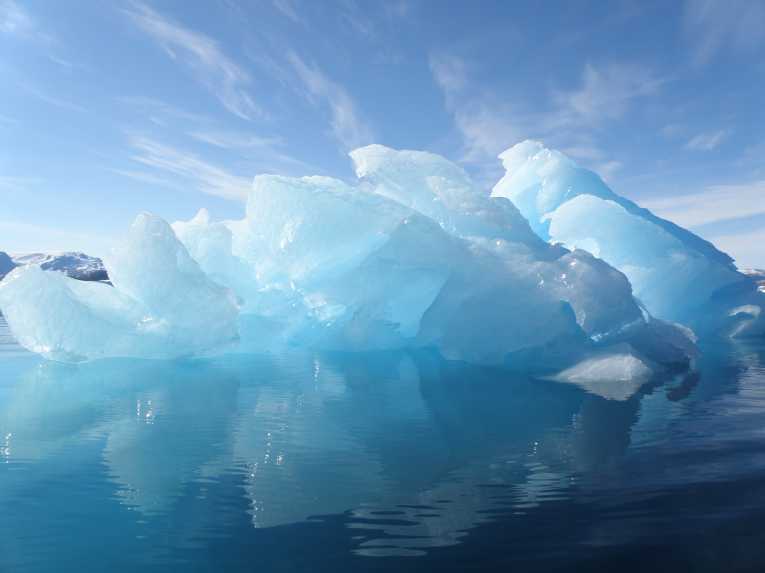The ongoing loss of snow and ice in the Northern Hemisphere is not just depriving polar bears of their natural habitat, but it is leading to a reduction of the region's solar reflexivity and thereby exacerbating the problem of global warming. In fact, new research has revealed that the degree to which snow cover and sea ice decline has affected what is known in scientific circles as 'albedo feedback' over the past three decades is more than double what the latest climate models estimate.
Working with data compiled by NASA and the US Department of Energy, researchers at the University of Michigan and Oregon State University looked into the changes that took place within the cryosphere – the portion of the Earth's surface where water exists in a solid form – of the Northern Hemisphere between the years 1979 and 2008.
They found that the rate at which the sun's energy was reflected off the white surface back into the atmosphere varied markedly, ranging from 2.2 to 4.6 watts per square meter. However, what was apparent was that the 30-year-period saw overall cyrosphere cooling fall by 0.45 watts per meter squared, with this drop put down to a steady loss of snow and sea ice.
Though pre-empting some critics and acknowledging the time limitations of the study, the team have nevertheless expressed their belief that these findings are "significant", particularly given that they suggest the problem is worse than previously thought.
"Instead of being reflected back into the atmosphere, the energy of the sun is absorbed by the Earth, which amplifies the warming," explained Karen Shell, an atmospheric scientist at Oregon State University, in the journal Nature Geoscience. "Scientists have known for some time that there is this amplification effect, but almost all of the climate models we examined underestimated the impact – and they contained a pretty broad range of scenarios."
Furthermore, the findings point to this being something of a vicious circle, with pools of melted water gathered on top of sea ice having much less reflectivity and thereby speeding up the whole process.
Though, as this research suggests, the significance of reflectivity may have been underestimated in past climate change models, including those used for the 2007 International Panel on Climate Change (IPCC) report, the issue is hardly new. Indeed, the past 12 months have seen thousands of public and private buildings in New York City sign up to Mayor Bloomberg's Cool Roof Program. Such has been the enthusiasm of New York residents for making roofs white in order to reflect the sun's rays and thereby cut back on air conditioning use, that it is hoped some one million square feet of rooftop will soon have been given a coat of paint.
However, though useful on a local level for keeping buildings cool in the height of summer, even whole cities full of white roofs would not compensate for the ongoing loss of sea ice and snow cover.
As report co-author Professor Mark Flanner from the University of Michigan explained in correspondence with the Earth Times: "The change, averaged over the entire Northern Hemisphere, was about 0.45 W/m2. To achieve the same (counteracting) effect through white roofs, we would need on the order of a billion homes converted. Another thing to keep in mind is that, in colder environments, white roofs can add to the heating costs (and carbon dioxide) needed to keep the house warm."
Image © Robin Heal










